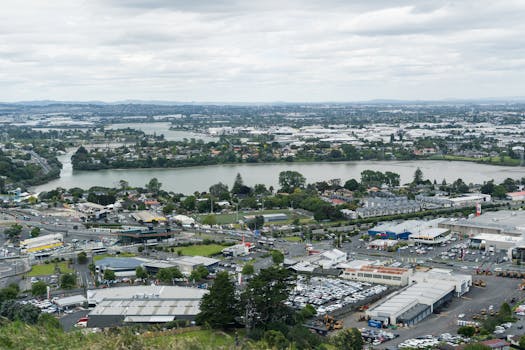
Smart Cities: Urban Trends for 2025
Smart cities are revolutionizing the way we live, work, and interact with our surroundings. As we approach 2025, it’s essential to understand the latest trends and innovations that are shaping the urban landscape. Smart cities are at the forefront of this transformation, leveraging technology, sustainability, and innovative design to create more livable, efficient, and resilient cities.
Section 1: Introduction to Smart Cities
A smart city is an urban area that uses information and communication technology (ICT) to enhance the quality of life for its citizens, improve the efficiency of services, and reduce costs. The concept of smart cities has been around for several years, but it has gained significant momentum in recent years, with many cities around the world investing heavily in smart city initiatives.
The key characteristics of a smart city include:
- Integrated transportation systems
- Energy-efficient buildings and infrastructure
- Advanced waste management systems
- Smart grids and renewable energy sources
- High-speed internet and digital connectivity
- Data-driven decision making and analytics
Section 2: Trends and Innovations in Smart Cities
As we approach 2025, several trends and innovations are expected to shape the smart city landscape. Some of these include:
Internet of Things (IoT): The IoT is playing a critical role in smart cities, with sensors and devices being used to collect data on everything from traffic flow to energy usage. This data is then used to optimize city services and improve the quality of life for citizens.
Artificial Intelligence (AI): AI is being used in smart cities to analyze data, predict patterns, and make decisions. For example, AI-powered traffic management systems can optimize traffic flow and reduce congestion.
Green Infrastructure: Green infrastructure, such as parks, green roofs, and green spaces, is becoming increasingly important in smart cities. These spaces not only improve air quality and mitigate the urban heat island effect but also provide recreational areas for citizens.
Electric Vehicles: Electric vehicles are becoming increasingly popular in smart cities, with many cities investing in electric vehicle charging infrastructure. This is not only reducing greenhouse gas emissions but also improving air quality.
Section 3: Case Studies and Examples
Several cities around the world are leading the way in smart city development. Some examples include:
Barcelona, Spain: Barcelona has implemented a range of smart city initiatives, including smart parking, smart lighting, and smart waste management. The city has also invested heavily in green infrastructure, with numerous parks and green spaces throughout the city.
Singapore: Singapore is a leader in smart city development, with a range of initiatives aimed at improving the quality of life for citizens. These include a smart transportation system, a smart energy grid, and a range of digital services.
Copenhagen, Denmark: Copenhagen is a model for sustainable urban planning, with a range of initiatives aimed at reducing greenhouse gas emissions and improving air quality. The city has invested heavily in green infrastructure, including parks, green roofs, and green spaces.
Section 4: Challenges and Opportunities
While smart cities offer many opportunities for improvement, they also present several challenges. Some of these include:
Privacy Concerns: The use of sensors and data analytics in smart cities raises concerns about privacy and data protection. Cities must balance the need for data-driven decision making with the need to protect citizens’ personal data.
Cybersecurity: Smart cities are vulnerable to cyber threats, with the potential for hackers to disrupt critical infrastructure and services. Cities must invest in robust cybersecurity measures to protect against these threats.
Equity and Access: Smart cities must ensure that all citizens have access to the benefits of smart city technology, regardless of income or social status. This includes providing affordable housing, transportation, and digital services.
Section 5: Conclusion
In conclusion, smart cities are transforming the urban landscape, leveraging technology, sustainability, and innovative design to create more livable, efficient, and resilient cities. As we approach 2025, it’s essential to understand the latest trends and innovations in smart cities and to address the challenges and opportunities that they present.






